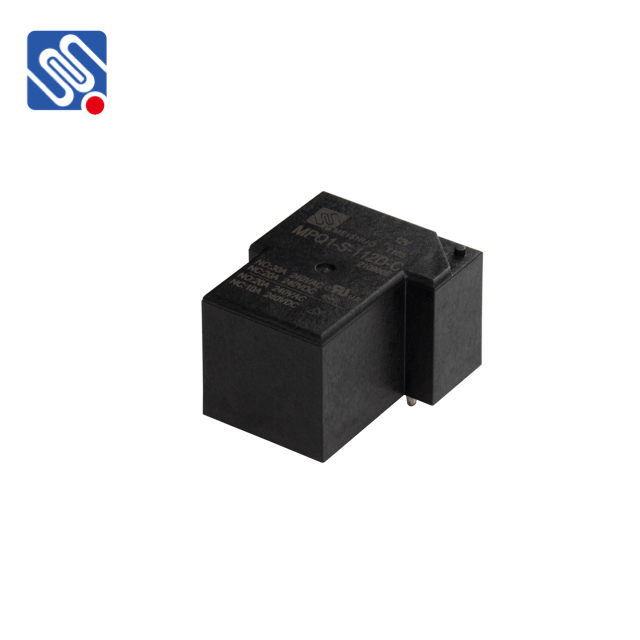A 12V DC relay is an essential component used in various electrical and electronic applications for controlling high-power devices with low-power control signals. It functions as an electrically operated switch, allowing circuits to manage larger loads through a small control voltage (12V DC). In this article, we will explore the working principle of a 12V DC relay, its applications, and the benefits it brings to various industries.

What is a 12V DC Relay? A relay is an electromagnetic device that consists of a coil, a set of contacts, and an armature. The coil is energized by a control voltage—in this case, 12V DC—which generates a magnetic field. This field causes the armature to either close or open the contacts depending on the design of the relay. The contacts can be normally open (NO) or normally closed (NC), meaning that they either remain open or closed when the relay is not energized. When the 12V DC power is applied to the relay’s coil, the magnetic field attracts the armature, causing the switch to either close or open the circuit depending on the relay type. This allows a low-power control circuit to activate or deactivate a high-power device, such as motors, lights, or other appliances.